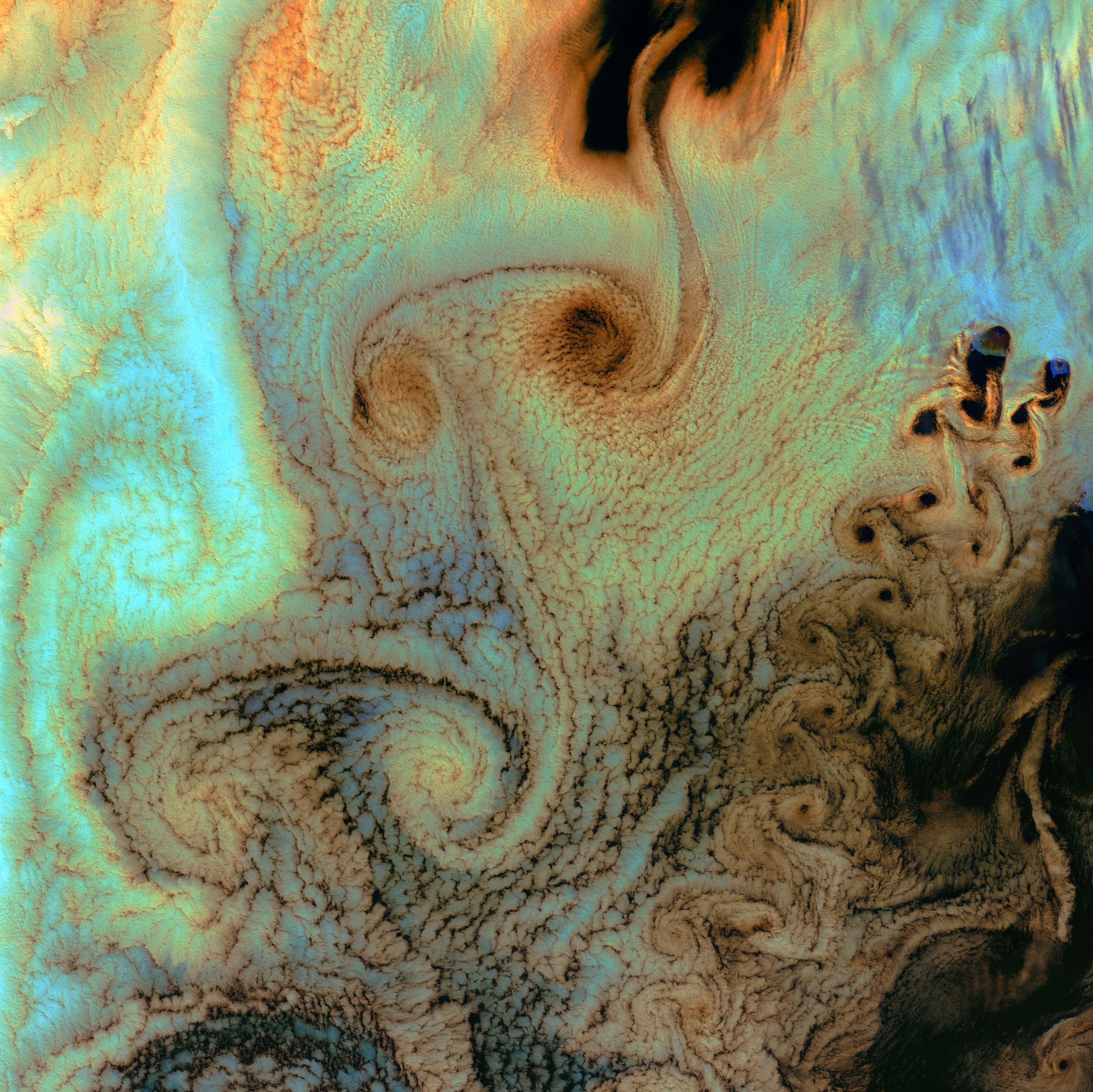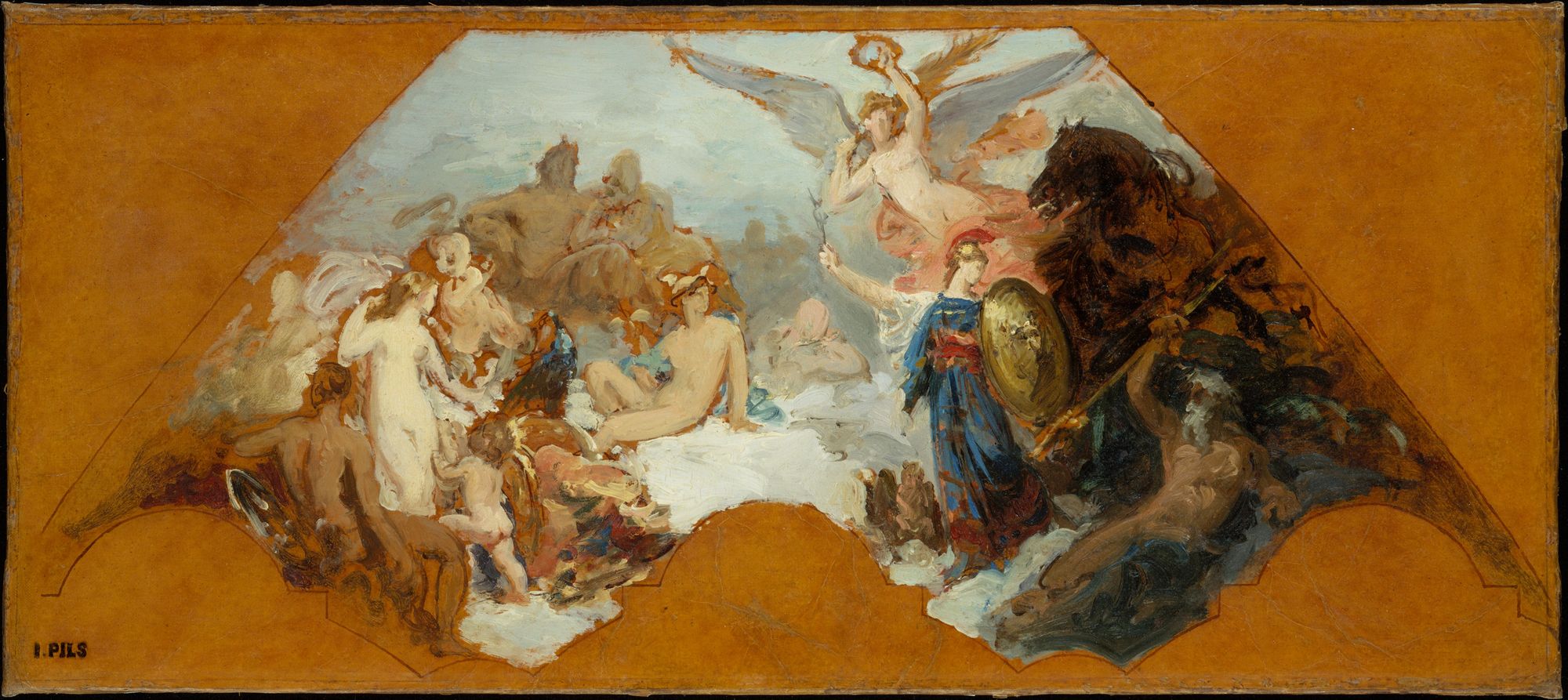Hi, hope you're having a good week so far!
Since the previous email, I published...


There's a brand-new membership page, which espouses "verve, reverence, and also irreverence." Plus a submissions page, inspired by the suggestions doc that I shared last week.
Justin Murphy invited me on his show to discuss what I call "hustling" (yes I am cringe, it is known), AKA trying to make it as an independent creative, or whatever the hell it is that I'm doing here:
In non-Sonya news, my friend Polyducks collaborated on a charming Ludum Dare game:
You can play it in the browser!

And Ryan described "The Feel of Dough" 🍞🥖
Do you trust your hands like that? If you don't, maybe you could. Maybe I could.
Now we're getting somewhere pic.twitter.com/00gfgH4aBu
— 『S T R A N G E L I F T』 (@strnglft) May 11, 2020
Lastly, a song: Philip Daniel's Trio Semi-Concertante for Viola, Contrabass and Piano: III. Euterpe & Calliope, billed as "apocalyptic-but-ultimately-redemptive," which I think it lives up to. I was engrossed by his elaboration on the composition:
The string writing employs various extended techniques — playing with a mute (con sordino), bowing on the bridge (sul ponticello) and the fingerboard (sul tasto) for ghostly and gentle sounds respectively, "touch-fourth" artificial harmonics (producing a pitch two octaves above the sounded pitch), bowing with the wood of the bow (col legno tratto) and striking with the same (col legno battuto) — although these techniques are not properly conveyed in this audio rendering.
Ultimately, this all comes to a head in a pulsating, ecstatic climax, leading to the appearance of the opening of the redemptive Lutheran hymn "Wie schön leuchtet der Morgenstern" ("How lovely shines the morning star"), which in its contour at least superficially resembles the primary theme of the first movement (from which the primary theme of the third and final movement is itself derived). The final measures affirm a G Lydian modality (G major with a sharp fourth; much literature notes correspondences with the overtone series) — Lydian is a mode that I associate with the divine, and the much darker "synthetic modes" used earlier in this and preceding movements may constitute "corruptions" of this mode.
Is that not poetry?
Until next time ✌️ Thank you, as always, for your time and attention.
Header image: Minerva Combating Brute Force by Isidore Pils, "a study for the decoration of the grand staircase in the Paris Opéra."







